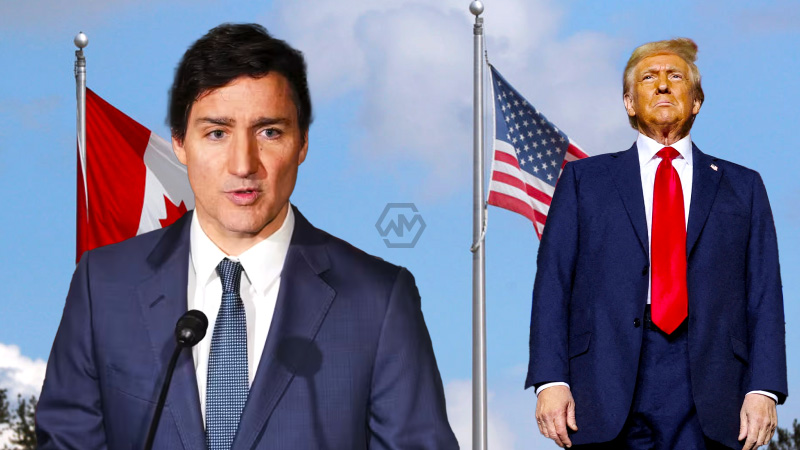- U.S. President Trump announces 25% tariff on Canada, effective February 1.
- Economic experts predict billions of dollars in losses for Canada’s GDP.
- Disagreements arise over trade deficit figures and border security issues.
The announcement by President Trump of a 25% tariff on both Canada and Mexico has left the Canadian government and economy on edge. Economic experts have warned that even a 10% tariff could potentially devastate the Canadian economy, pushing it into a recession.
The tariff announcement also stems from ongoing issues regarding border security, with Trump alleging that Canada has not done enough to prevent drug trafficking and illegal migration into the U.S. However, the facts paint a different picture, with U.S. authorities reporting significantly higher seizures and encounters at the southern border.
Trump’s Tariff Threats: A Test for Canada’s Economy and Diplomatic Relations
U.S. President Donald Trump’s announcement of tariffs targeting Canada and Mexico has raised alarms across the Canadian economy. With a proposed 25% tariff on trade, Canada is bracing for potential economic turmoil. Experts estimate that such tariffs could drain billions from the Canadian GDP and spark a recession, demanding significant government action to mitigate the damage. Despite Canada’s deep trade ties with the U.S., the tariffs may leave Canadian industries struggling to maintain market access.
At the core of the tariff discussion is the trade imbalance between the U.S. and Canada. Trump has pointed to a trade deficit, which stood at $55 billion as of November 2024, as a reason for imposing tariffs. However, Canadian officials have countered these claims, emphasizing that the trade figures exclude oil exports, which are a major component of Canadian exports. The discrepancy between the data presented by the two nations continues to fuel tensions surrounding the tariff decision.
In addition to economic concerns, border security has been cited as another key issue by Trump. The U.S. president has repeatedly accused Canada of being lax in its efforts to prevent drugs and illegal migrants from entering the U.S. through the northern border. U.S. Customs and Border Protection data, however, shows that the majority of fentanyl seizures and migrant encounters are occurring at the southern border, not the northern one.
Despite the data, the northern border is seeing a rise in illegal migration and seizures. The number of border encounters between October 2023 and September 2024 nearly doubled from the previous year, highlighting growing concerns about border security. These figures have prompted renewed discussions on how to address the challenges at the U.S.-Canada border, complicating diplomatic relations between the two nations.
The looming tariff decision presents a critical juncture for U.S.-Canada relations, with potential economic fallout and ongoing disputes over trade practices and border security.
“Canada is treating us very unfairly on trade,” Trump says as he targets tariffs.



